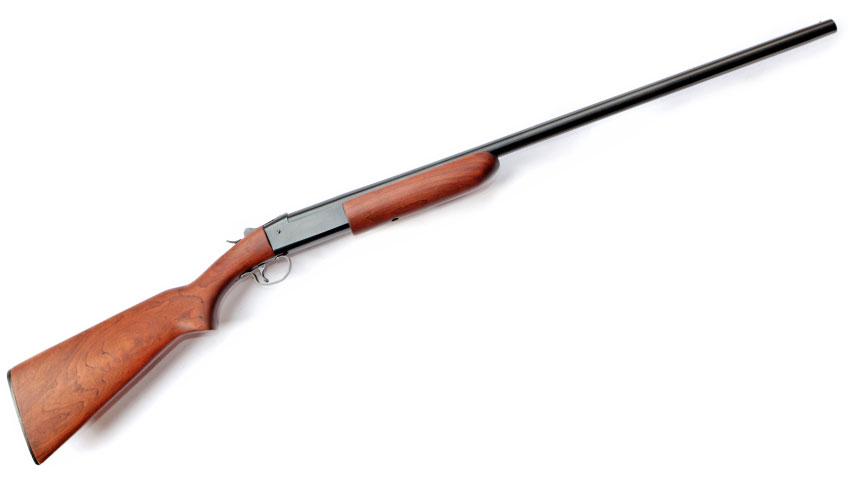
There are also some who contend that the unusual (by today’s standards) twist-open Merwin Hulbert revolvers manufactured in the Hopkins & Allen plant were the best-made large revolvers of the era, and they certainly enjoyed a level of popularity during that period of use.

Less widely recognized is the fact that Smith & Wesson produced significantly more large-frame revolvers than Colt between 18, and that the S&W top-break pattern was more sophisticated and widely copied than the Colt solid-frame during that era, probably making the Smith-pattern revolvers the predominant handguns of that time. There is no question that Colts were widely used during that time. Factors here include the quality of a particular manufacturer’s products, the historical usage of the guns in question, and the brand’s aura of romance.Īs an example of that last-and most intangible-factor, consider that Colt Single Action Army revolvers were for several decades the most prevalent focus for collectors interested in full-size revolvers from the post-Civil War to turn of the 20th century era. Make and model tends to be the starting point for evaluating collectible guns for most collectors, and will be a basic threshold requirement for those with specialized collections. Tastes differ as to which is most important.

These are the five factors that tend to appeal to collectors and help determine the value of collectible guns. This is the second entry in a three-piece series on gun collecting from The National Firearms Museum.


 0 kommentar(er)
0 kommentar(er)
